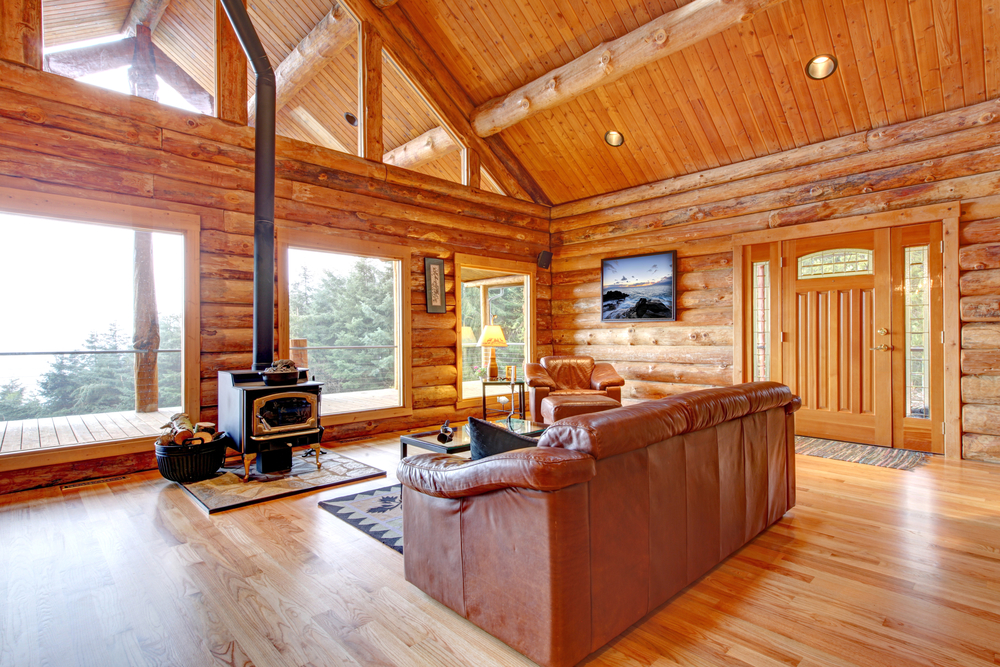Log Home Tips

Surprising Facts About Log Cabins
People have been long been struck by cabin fever from way back around 3500 B.C. to the current times. Log cabins have seen many changes through history and have gone from being simple wood- structure shelters to luxurious and sprawling log homes for the rich and famous. Log cabins are breathtakingly beautiful, efficient and cost-effective too. So more people have taken to building and living in log homes. Here are some surprising facts about log homes. 1. The Humble Beginnings Of Log Homes The origin of log homes is highly debated and it cannot be traced to a particular date. But log cabins came about in Northern Europe around 3500 B.C. during the Bronze Age. According to Vitruvius Pollio, a Roman architect, log cabins can be traced to Pontus or what is now North-eastern Turkey, where shelters were built by laying logs on top of each other and gaps filled in with mud. Even Europeans...
Questions You Should Ask Before A Log Home Restoration
- Who is the manufacturer of the log package?
- What species of log has been used?
- Have additions been made to the original structure?
- What materials have been used in maintenance applications so far?
- Who constructed the structure and how old is it?
- Are there any known problem areas? Any known coating or sealing failures?
- What should the structure look like when you’re done?
- What is your workable budget to restore my log home?
- Is there a priority list for the work?
- What methods are used to remove the existing finish?
- What is the estimated cost of a log home restoration?
- How long does it take to finish restoration work?
What Methods Are Used To Remove The Existing Finish?
- Ozzying (Sanding) uses an osborne brush or buffing pads at changing speeds of right angle grinder.
- Media Blasting is performed with corn cob granule, glass, walnut shells, or food grade baking soda.
- Chemical Strippers -This step of removing an existing finish from your log home requires the greatest amount of time in the restoration project. It is very important to get this right and strip off any existing finish completely so that you have a clean canvas to work on.
As a log home owner, do due diligence before selecting one of these methods. You will need to work out which method would suit your budget and needs best. When hiring a pro, do check out the contractors past work to get a clear picture of what the end result may look like.
Watch Out For Log Home Pests
If you have a log home, you may have already encountered the problem of pests and insects. Even if you haven’t, keep an eye out for them and regularly check your wooden surfaces for tell tale signs of pest infestation. They are a nuisance and getting rid of them can be a breeze or a nightmare, depending on the kind of pest. Read on to learn more about common pests that can invade your log cabin. Adult insects lay eggs on the wood surface. Freshly cut logs or dead trees have insect larvae that tunnel into them, weakening the fibers and opening the wood to moisture and rot fungi. The larvae feed on starch reserves in the wood that were formed when the tree was alive. Most of these insects cannot infest live trees because of their natural defenses. Trees that are destined to be logs of a...
Choosing the Right Log Home Stain
Choosing the Right Log Home Stain Log homes are built for both comfort and style. To keep your log home looking new, you may choose to enhance the color of the wood or bring new life back to older wood, by applying a coat of stain. When choosing log home stains you have to consider what log stains perform the best, based on the surrounding environment, and why log home stains perform or fail. Selecting the right log home stain can make life easier but if the wrong materials are applied, it can become very costly to remove and start over. Characteristics of a Quality Log Home Stain While there is no one ‘best log home stain’, there are many great options available now. But a good log home stain will have some general characteristics like - Breathability Low Maintenance Not harsh on...

